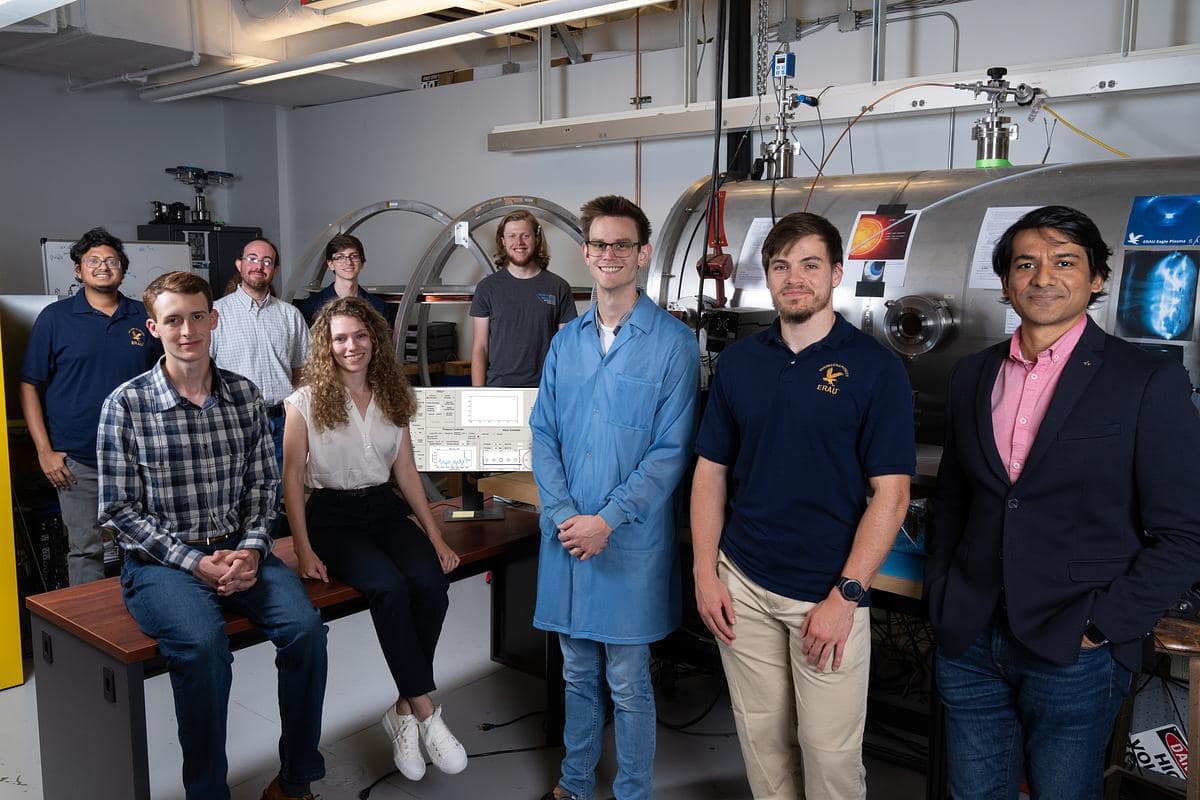Understanding how an eclipse sets off a unique pattern of atmospheric waves in the ionosphere is a key goal for Barjatya and colleagues
Our Bureau
Daytona Beach, FL
An Indian-origin scientist, Dr. Aroh Barjatya from Embry-Riddle Aeronautical University in Florida will launch 3 scientific rockets into space on October 14, 2023, during an annular solar eclipse when the moon partially blocks the sun.
Aroh Barjatya is a professor of Engineering Physics and the director of the Space and Atmospheric Instrumentation Lab (SAIL) at Embry-Riddle. He has devised a multi-institution NASA rocket mission aimed at studying alterations in Earth’s upper atmosphere, which can have implications for air and ground communication systems, in particular when sunlight decreases suddenly.
Barjatya’s Atmospheric Perturbations around the Eclipse Path (APEP) sounding rocket mission is set to launch 3 rockets from NASA’s White Sands Test Facility in Las Cruces, New Mexico, precisely at the moment when the Moon aligns between the Sun and Earth, creating the mesmerizing “ring of fire” phenomenon.
Understanding how an eclipse sets off a unique pattern of atmospheric waves in the ionosphere is a key goal for Barjatya and colleagues.
“Think of the ionosphere as the surface of a pond,” Barjatya suggests. “There are already ripples happening. Now, imagine a motorboat suddenly ripping through that water. The boat creates waves all around it. The water level dips, below and right behind it, and then rises above the background level for a brief time as it rushes back in. That’s what an eclipse does to the ionosphere, except in three dimensions.”
Barjatya expects to recover and relaunch the 3 primary payloads with fresh rocket motors and additional sub-payloads during the total solar eclipse on April 8, 2024.
Barjatya has a Ph.D. – Doctor of Philosophy in Electrical Engineering: Atmospheric and Space Sciences, Utah State University and M.S. – Master of Science in Electrical Engineering, Utah State University. His areas of expertise include Space Systems Engineering, Embedded Systems, and In-situ Plasma Diagnostics.


























